10 Unusual Hobbies That Boost Creativity and Reduce Stress
Exploring unique hobbies can unlock new ways of thinking, foster innovation, and significantly reduce stress. By engaging in activities that break from routine, the brain is challenged, leading to increased creative potential and deeper relaxation. Studies have shown that creative hobbies are closely linked to improved mental health and stress management. Discovering lesser-known pastimes can therefore be a pathway to both personal growth and a more balanced life.
1. Urban Sketching
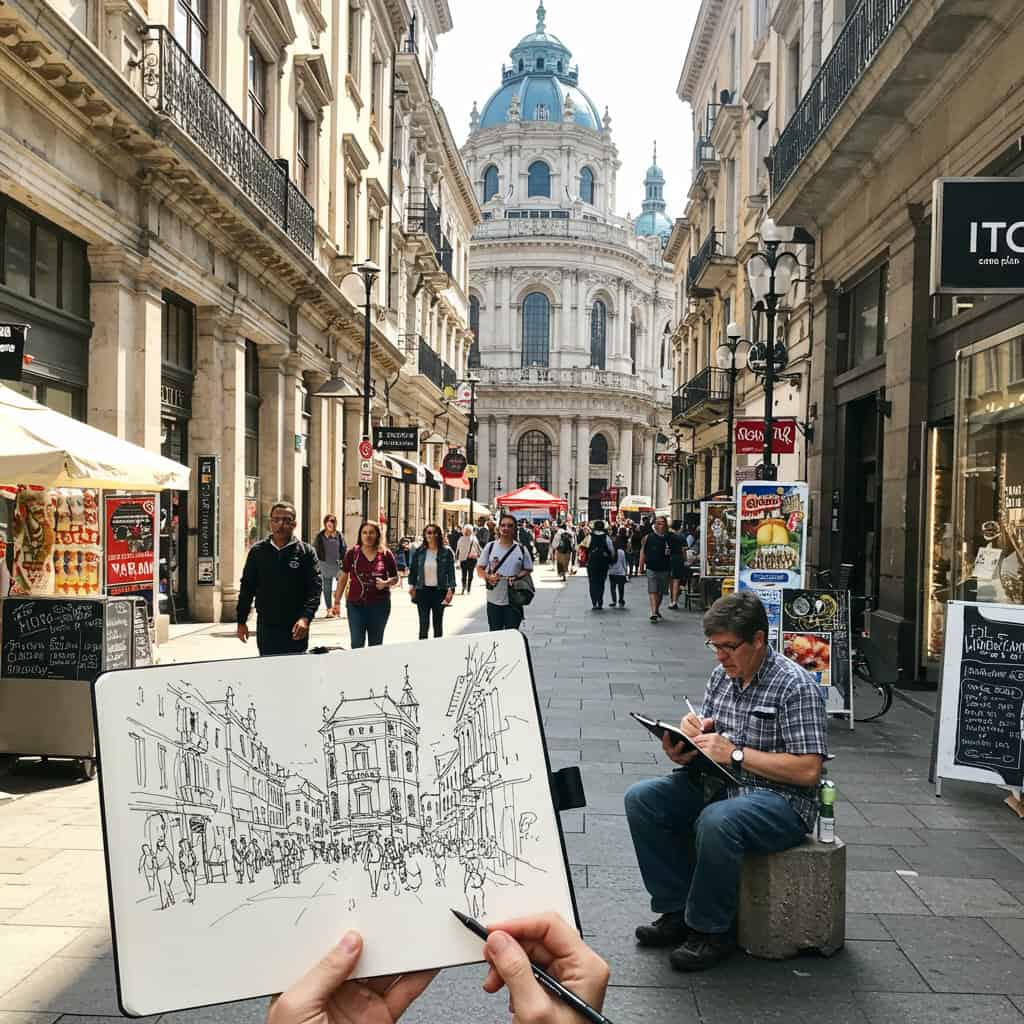
Urban sketching involves drawing scenes directly from life in city environments, capturing the vibrancy of everyday moments on paper. Unlike traditional painting or photography, urban sketching emphasizes spontaneous, on-location artistry and connects individuals through a global community of enthusiasts.
This hobby fosters deep observation and mindfulness, as sketchers must pay attention to details often overlooked. The act of slowly rendering a bustling street or quiet café corner provides a meditative escape and enhances one’s ability to appreciate the beauty in ordinary surroundings.
2. Foraging
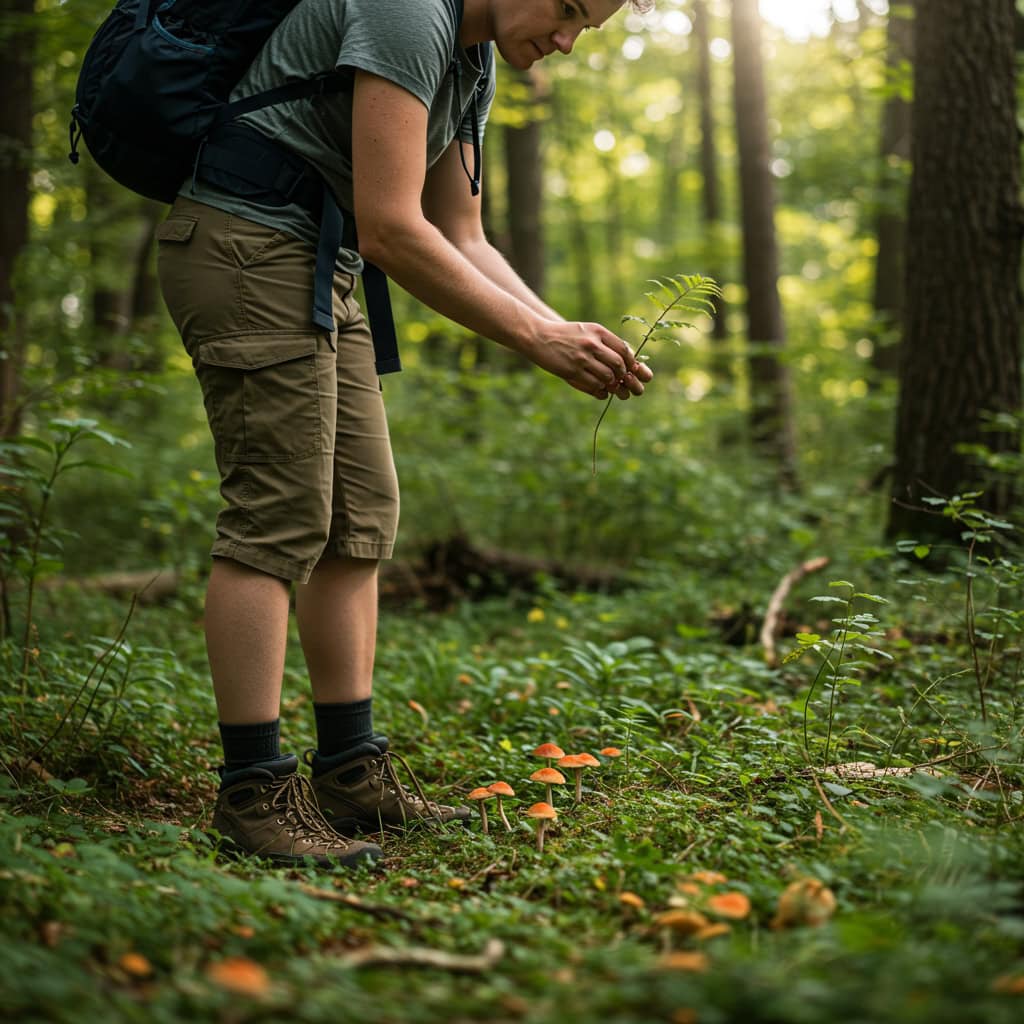
Foraging is the practice of searching for wild edible plants and mushrooms in natural environments. Unlike gardening, which involves cultivating plants, or hiking, which focuses on movement, foraging requires careful observation and knowledge of local ecosystems.
This immersive hobby reconnects participants with nature, sharpens their focus, and promotes mindfulness as they identify edible treasures in the wild. The calming effect of outdoor exploration and the sense of accomplishment from gathering one’s own food are powerful stress relievers. Learn more about the art and science of foraging at Smithsonian Magazine.
3. Laughter Yoga

Laughter yoga merges playful laughter exercises with the deep breathing techniques of traditional yoga. Unlike conventional yoga, which often centers on physical postures and meditation, laughter yoga encourages spontaneous joy and releases tension through group interaction.
This unique practice is shown to reduce stress hormones, elevate mood, and foster social connection, much like group therapy but with a lighter, more energetic approach (Mayo Clinic). Laughter yoga sessions create a contagious atmosphere of positivity, helping participants relax while enhancing creativity and emotional well-being.
4. Lockpicking

Lockpicking, when practiced legally and responsibly, is a fascinating hobby centered on understanding the mechanics of locks and developing manual dexterity. Far from criminal intent, enthusiasts approach lockpicking as a challenging puzzle, requiring patience, precision, and focused problem-solving skills.
It’s similar to working through complex brain teasers, offering a unique way to stimulate cognitive abilities and fine motor control. As a result, practitioners often find it both intellectually rewarding and relaxing. For more information about the ethical practice of lockpicking, refer to the MIT Lockpicking Guide.
5. Geocaching

Geocaching is a modern-day treasure hunt that uses GPS technology to locate hidden containers, or “caches,” placed by fellow enthusiasts around the world. Combining the thrill of a scavenger hunt with the benefits of outdoor exploration, geocaching encourages participants to engage with their surroundings in new ways.
The activity fosters a strong sense of community, as users hide and discover caches, often exchanging small trinkets or notes. Like hiking, it provides exercise and fresh air, but with an added sense of adventure and purpose. To start your own journey, visit Geocaching.com.
6. Origami
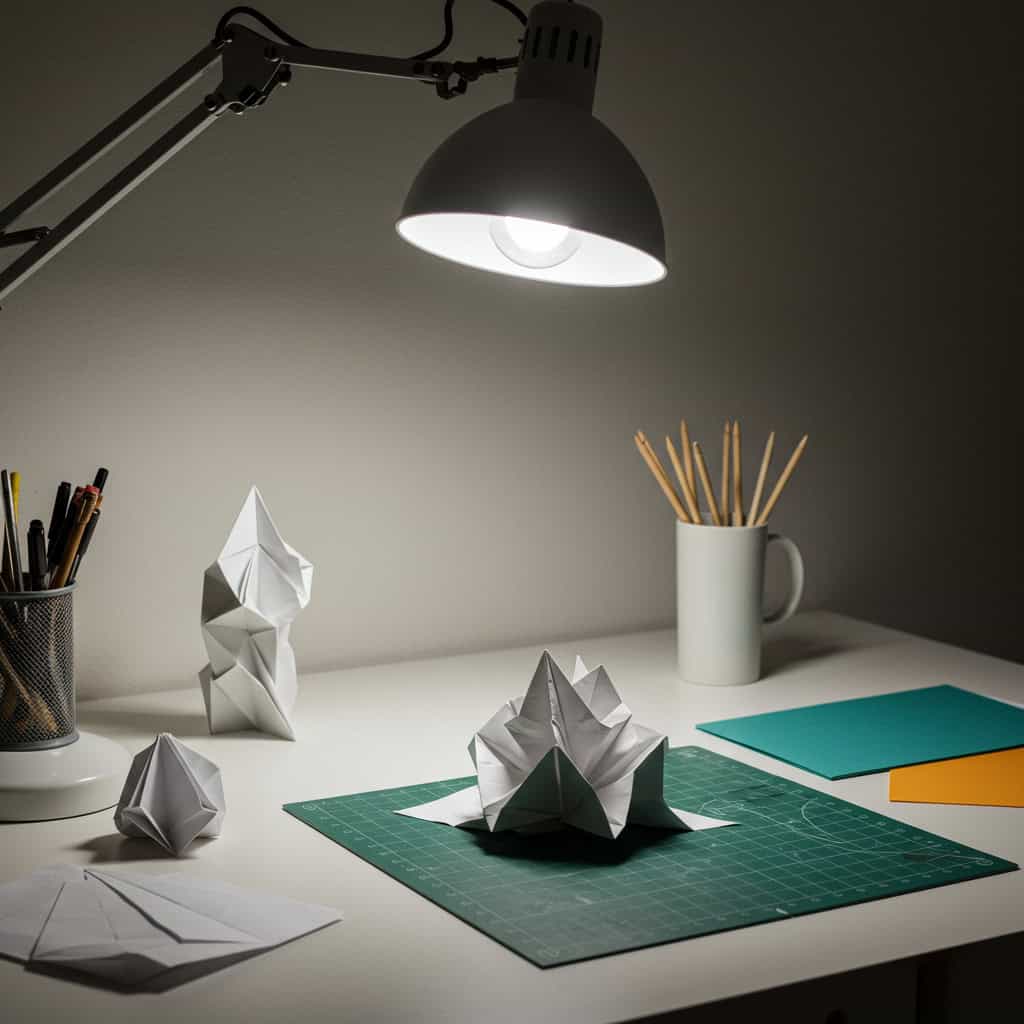
Origami, the traditional Japanese art of paper folding, transforms simple sheets into intricate sculptures through precise, sequential movements. Unlike crafts such as knitting, which use yarn and repetitive stitches, origami relies solely on folding techniques to create elaborate designs.
This practice not only enhances spatial awareness and fine motor skills but also nurtures patience and concentration. The deliberate, focused actions involved in origami can have a meditative effect, helping to calm the mind and reduce stress. Discover more about the cultural significance and creative potential of origami at the American Museum of Natural History.
7. Soap Carving
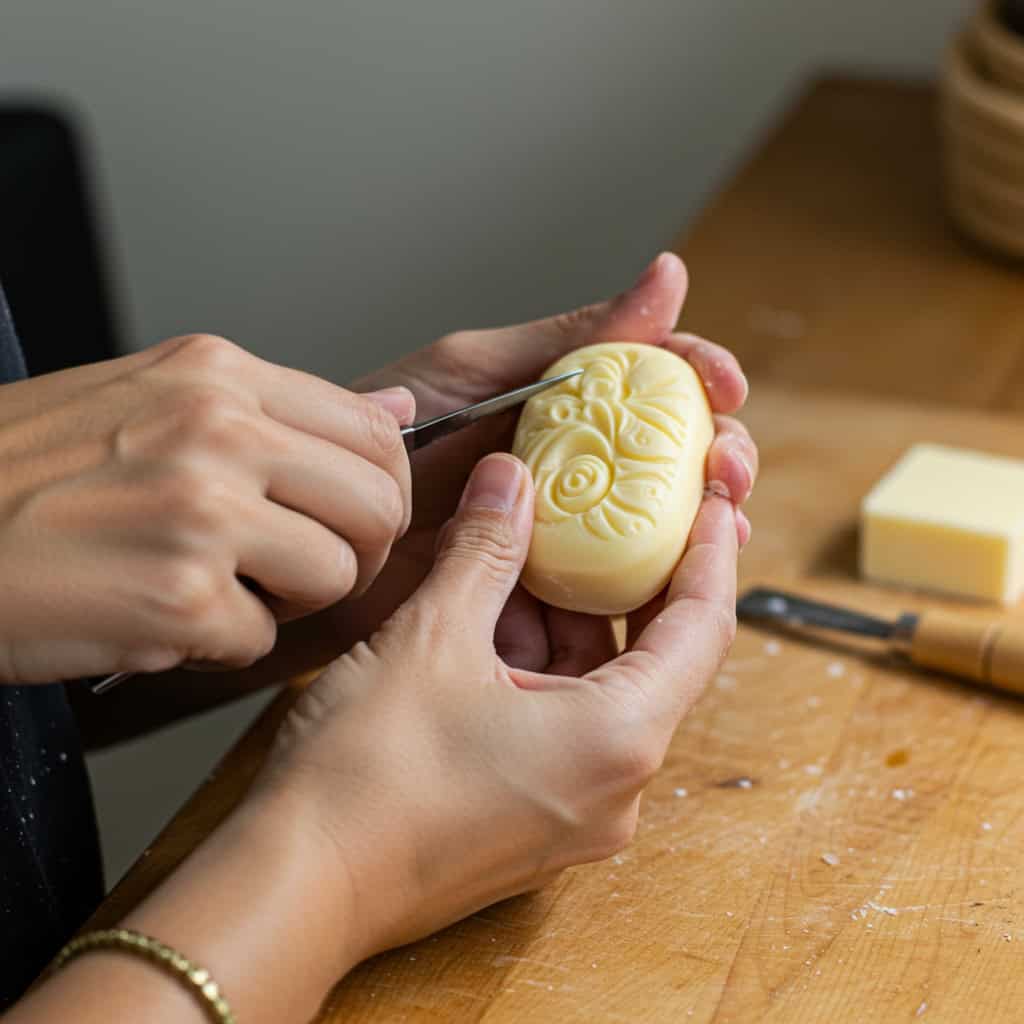
Soap carving is a hands-on hobby that transforms simple bars of soap into delicate sculptures. This accessible art form offers a tactile, creative outlet with calming, repetitive motions, making it an excellent way to unwind.
Unlike woodcarving, which requires specialized tools and skills, or pottery, which often involves more mess and equipment, soap carving is beginner-friendly and requires only basic materials. The process allows for immediate experimentation and creative expression while providing a soothing sensory experience. For inspiration and step-by-step guidance, visit The Art of Education University.
8. Birdwatching
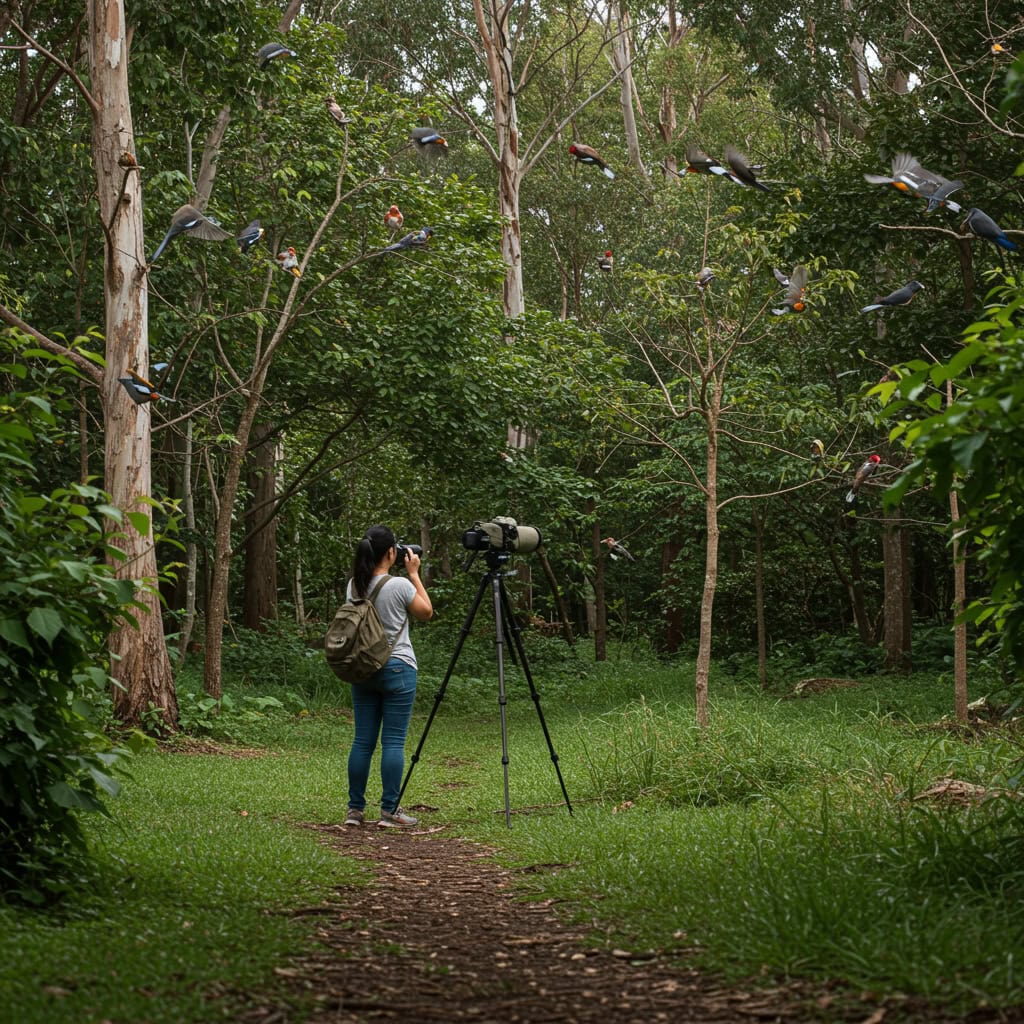
Birdwatching involves observing and identifying wild birds in their natural habitats, promoting mindfulness and patience through quiet attention to detail. Like hiking or gardening, birdwatching immerses enthusiasts in the rhythms of nature, but it places particular emphasis on stillness and careful listening.
This hobby encourages a heightened awareness of surroundings and fosters a profound sense of connection with the natural world. Many find the process meditative, as it slows the mind and reduces stress. For tips on getting started and resources for bird identification, visit the Audubon Society.
9. Juggling

Juggling is a dynamic hobby that challenges both the body and mind, significantly improving hand-eye coordination and enhancing cognitive function. Its playful, rhythmic motions quickly transform into a meditative flow, making it an effective stress-buster.
Unlike static dexterity-based activities such as card tricks or puzzle solving, juggling keeps you physically engaged and mentally alert. The satisfaction of catching and tossing in seamless patterns fosters persistence and focus. Research suggests that learning to juggle can even promote brain growth (Psychology Today), making it a fun way to boost creativity and relaxation.
10. Kintsugi
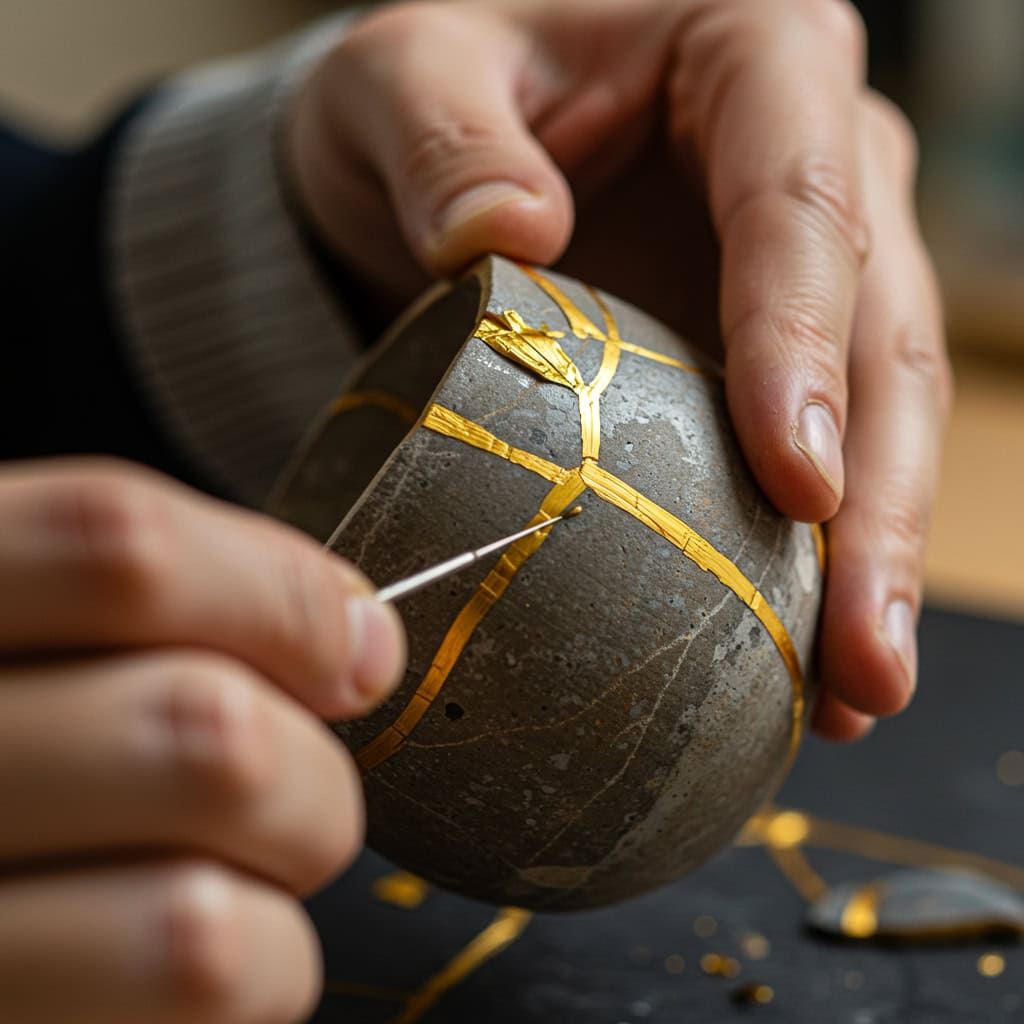
Kintsugi is the Japanese art of mending broken pottery with gold, silver, or lacquer, transforming cracks into beautiful, celebrated features. Instead of hiding imperfections, kintsugi highlights them, encouraging a philosophy of embracing flaws and finding beauty in the imperfect.
The careful, mindful process can be deeply therapeutic, offering both creative inspiration and emotional healing. By focusing on restoration rather than discard, practitioners find meaning and satisfaction in renewal. Kintsugi’s philosophy and practice offer a unique form of stress relief and creative exploration. Learn more about its history and significance at BBC.
Conclusion
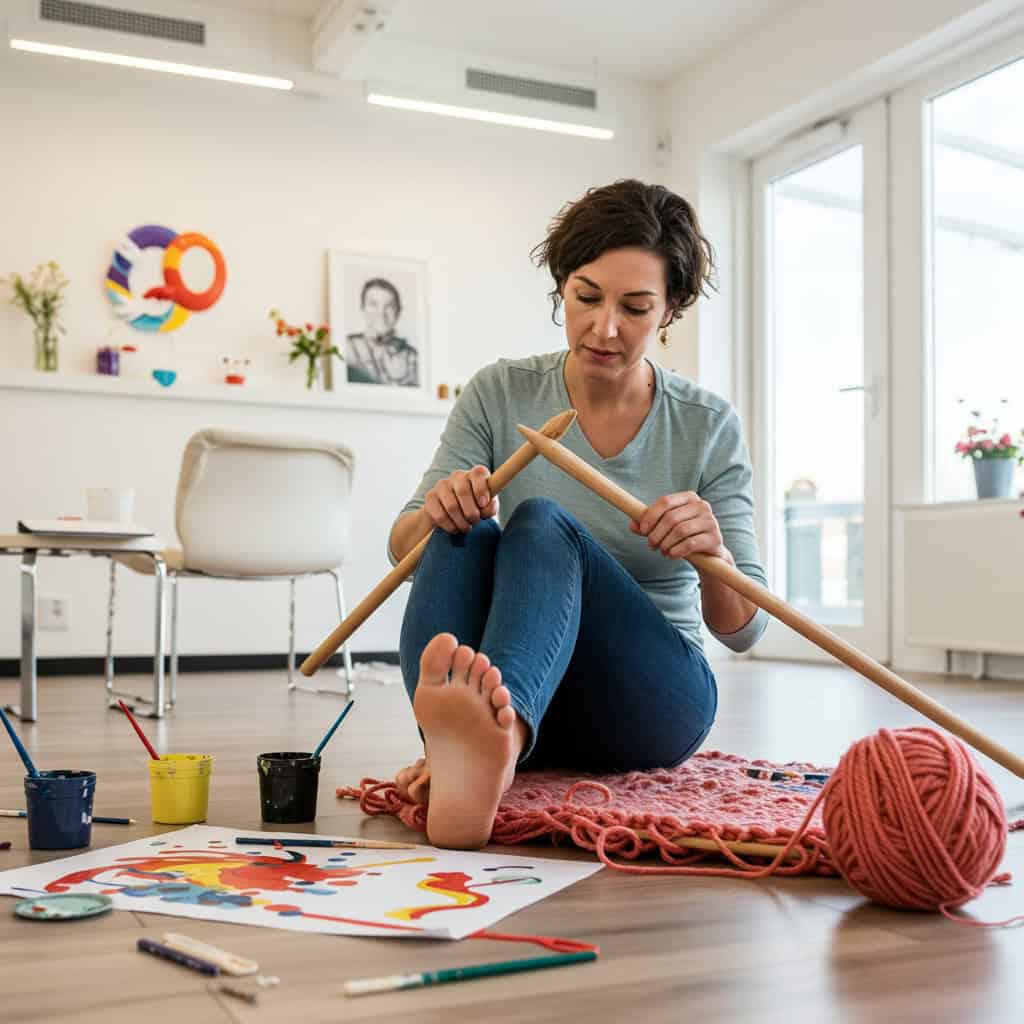
Embracing unusual hobbies offers fresh pathways to creativity and relaxation, helping to break free from daily routines and rejuvenate the mind. These distinctive activities foster mindfulness, resilience, and a sense of accomplishment, contributing to overall well-being.
By venturing beyond conventional pastimes, individuals can discover new passions and enrich their lives in unexpected ways. Exploring diverse interests not only relieves stress but also nurtures personal growth and creative expression.






